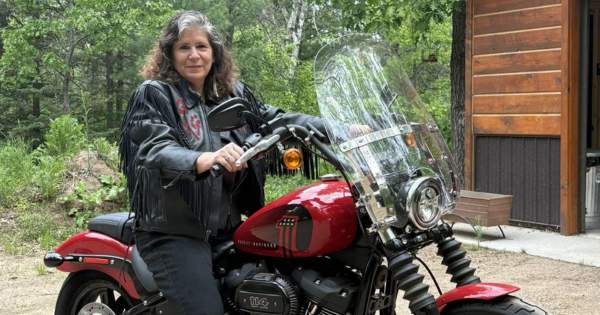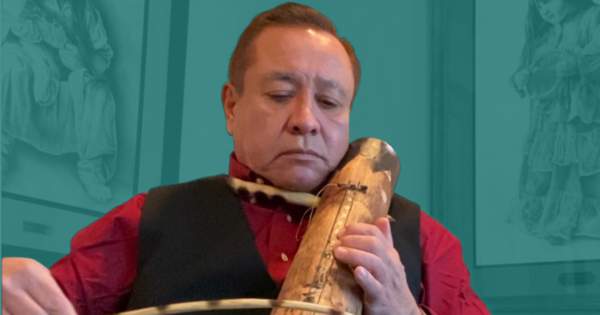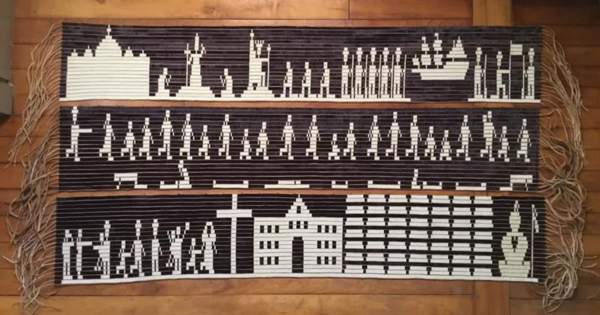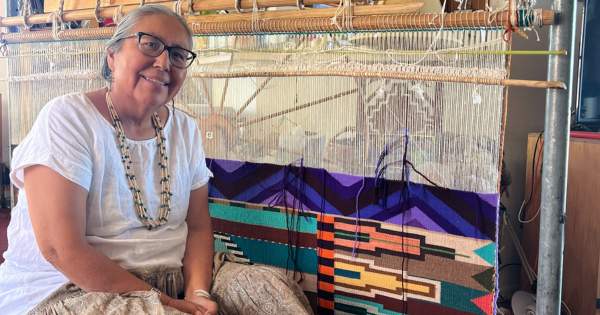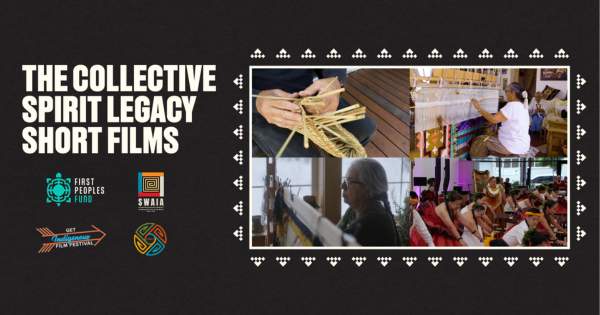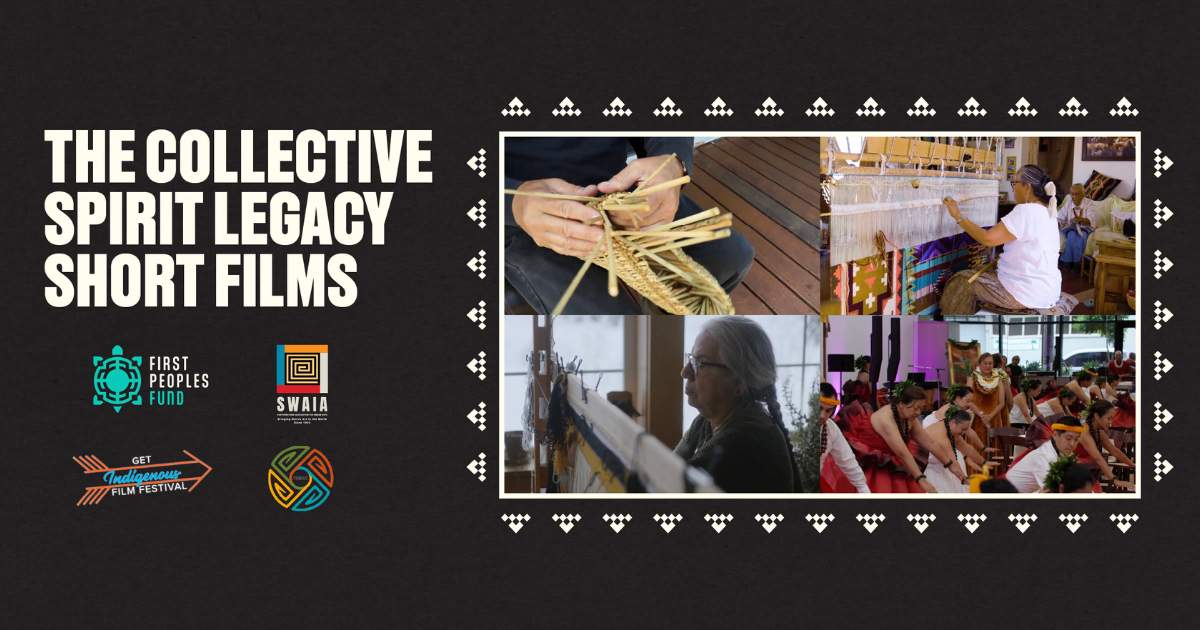
"Real Artists Don't Starve"
A Q&A SESSION WITH "REAL ARTISTS DON'T STARVE" AUTHOR, JEFF GOINS.
By Sarah Elisabeth Sawyer (Choctaw Nation), Artist in Business Leadership Fellow 2015.
I’d like to share this special book with my family at First Peoples Fund. After writing dozens of FPF artist stories the past few years, I wanted to spread the word about an inspiring book by one of my favorite authors, Jeff Goins.
Jeff is the best-selling author of five books including The Art of Work and Real Artists Don’t Starve, and teaches online courses (including the popular Tribe Writers). He’s also a speaker and consultant.
On his blog, GoinsWriter.com, Jeff shares his thoughts on writing, life, and creative work. He says, “We all have a creative gift worth sharing with the world, and that is our art. So whether you have a business idea, a book in you, or some other project you want to start, my goal is to help you get that work out of you and into the world. And here’s the thing: you don’t have to starve to share your best work. If you have a passion for creativity and changing the world, this is the place for you.”
I asked Jeff to share about his newest book, Real Artists Don’t Starve, with my family here at First Peoples Fund. I hope you are as inspired and encouraged as an artist as I was by his answers.
Q&A
Welcome, Jeff. Let’s start with the chapter in Real Artists Don’t Starve about apprenticeships. It speaks especially to Native artists, many of whom learn from elders and culture bearers. Why do you think learning from a master is important to an artist’s career?
Because how else do you become great? Greatness is caught more than it’s taught. You have to see mastery in action. It’s an experience, not just an education. This is a lost art in most cultures.
Many Native artists struggle to gain recognition and respect for their art within their communities. What is one key thing they can do that would help them thrive locally?
Practice in public. Find a way to share a part or piece of your work with an audience every single day. As your audience grows, so will demand for your work.
What advice would you give artists who are working to create an “art scene” in their community?
Be patient. Scenes take time. Be flexible. The community you need may or not be the one you expect. And be generous. Build the kind of community you'd love to be part of.
What would you say to someone preparing to leap from part-time to full-time artist?
Don’t take a leap. Build a bridge. Slow and steady wins the race. It’s better to build a creative career gradually over time.
What else would you like to share that we haven’t asked about?
Whatever you do, please understand that we need you. If your art is your duty, that something that you can't not do, then I hope you'll create anyway. In spite of the fear. In spite of the shame. I hope you make your art in spite of the thousand reasons not to. Because there's one voice we’ve still not heard.
Yours.
Jeff, thank you for that, and for taking time for this Q&A!
If you’re an artist and not sure how to make the transition to full-time, I recommend you read Real Artists Don’t Starve. Let it set you on a path from Starving Artist to Thriving Artist. Check it out here: DontStarve.com
You can read my full review of Jeff’s book on my blog at SarahElisabethWrites.com

